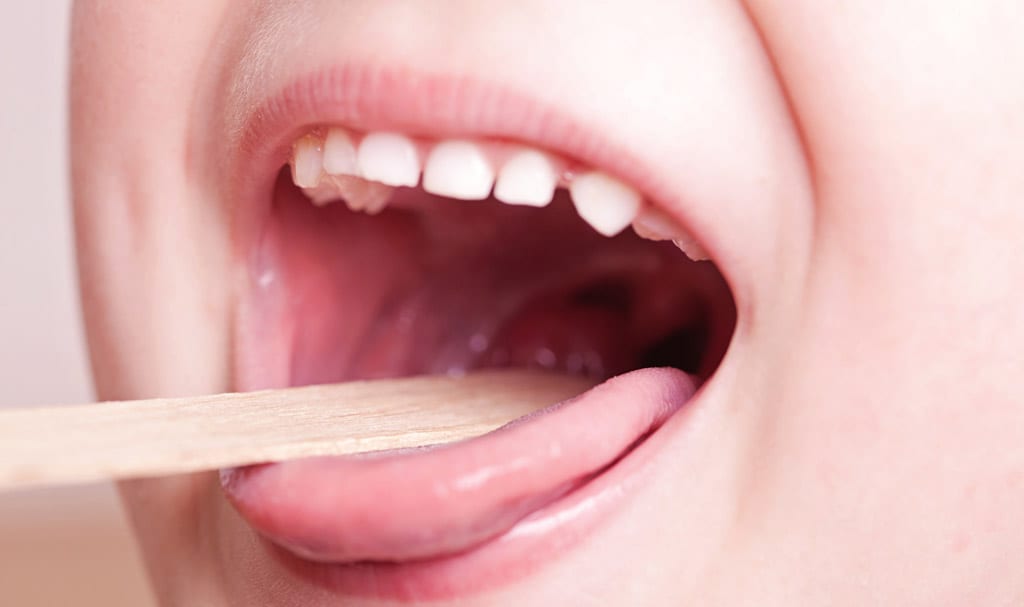Home » Useful Links » Tonsils Removal Beverly Hills
Tonsils removal in Beverly Hills is a procedure that involves surgically removing the two oval-shaped pads of tissue at the back of the throat, called tonsils.

Patients with chronic tonsillitis may need to undergo tonsils removal, or tonsillectomy, to treat the following symptoms:
Tonsillitis in children may also cause excessive drooling, poor appetite, and irritability. Severe cases of tonsillitis may cause difficulty breathing.
Chronic tonsillitis may be caused by:
Bacterial infection, such as strep throat
Virus, such as the common cold, hepatitis A, HIV, rhinovirus, and Epstein-Barr


The tonsils play a vital role in protecting children against bacteria and viruses that enter the mouth. This function makes the tonsils especially vulnerable to infection and inflammation. Tonsillitis in adults, however, is rare because the tonsils’ immune function declines after puberty.
Patients may be diagnosed with tonsillitis if they’ve had a:
Physicians may recommend a tonsillectomy if patients have not experienced relief from antibiotics, drug treatment, or a drainage procedure done to treat pus that forms behind a tonsil (called tonsillar abscess).
If enlarged tonsils are left untreated, patients may experience difficulty breathing and disrupted breathing during sleep, leading to a condition called obstructive sleep apnea.
Before undergoing tonsillectomy, patients should be aware of the following risks:
The patient will be put under general anesthesia and the surgeon will remove the tonsils using a blade or a specialized surgical tool that uses heat or high-energy heat or sound waves.
After the procedure, patients may experience the following symptoms:
After surgery, patients will need to take pain medication and drink plenty of fluids to prevent dehydration. Patients should plan to spend a few days resting in bed and avoid strenuous activities for up to two weeks after surgery.
Before letting a child go back to school, parents should make sure their child can eat and drink comfortably on their own. A child who isn’t getting enough sleep at night or who still needs to take pain medication should stay home a few more days.